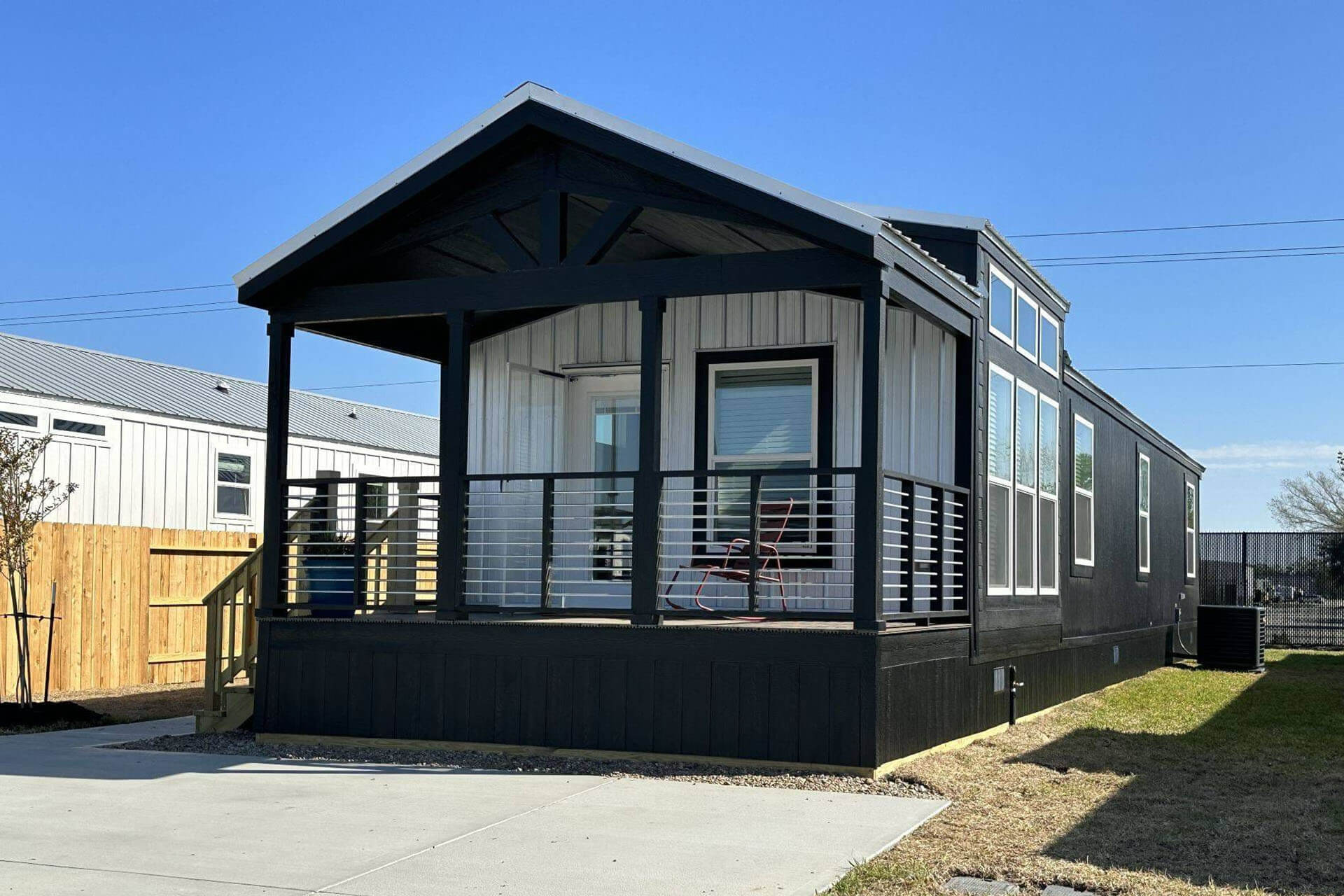
Tiny homes are compact dwellings that offer an ultra-charming way to downsize or embrace off-the-grid living. Typically defined as dwellings with a total footprint (excluding lofts) ranging between 100 and 400 square feet, tiny homes are comparable in size to small recreational vehicles (RVs). They can be either mobile, designed to be pulled like an RV, or attached to a permanent foundation.
Tiny homes are characterized by their small size and efficient use of space. Despite their compact footprint, they are designed to provide the necessary amenities for comfortable living, including living areas, kitchens, bathrooms, and sleeping areas. These homes often feature creative storage solutions, multi-functional furniture, and innovative design elements to maximize the available space.
When it comes to ownership, tiny homes offer a distinct form of ownership. Owners have the freedom to choose whether they want to have a mobile tiny home that can be moved to different locations or a stationary one attached to a permanent foundation. This flexibility allows individuals to adapt their living arrangements based on their preferences and lifestyle.
Tiny homes are available in various forms, including existing structures and new construction. Some people opt for custom-built tiny homes, designed to their specific needs and preferences, while others choose pre-built models that are ready for occupancy. Additionally, there is a thriving market for used tiny homes, offering affordability and the opportunity to find a unique dwelling.
One of the primary advantages of tiny homes is their affordability. These compact dwellings are often more cost-effective compared to traditional houses, making homeownership accessible to a wider range of individuals. Additionally, tiny homes are associated with a more sustainable lifestyle. Their smaller size requires fewer resources for construction and operation, promoting a reduced ecological footprint. Furthermore, living in a tiny home encourages a minimalist lifestyle, focusing on what is essential and eliminating unnecessary clutter.
While there are numerous benefits, it’s crucial to consider certain factors before committing to a tiny home. Zoning regulations should be carefully researched, as some areas may have specific requirements or restrictions on where tiny homes can be placed. Planning for utility hook-ups is another consideration. Ensuring access to necessary resources such as water, electricity, and sewage is vital for a comfortable living experience. Lastly, weather concerns should not be overlooked. The small size of tiny homes may pose challenges in extreme weather conditions, necessitating proper insulation and weatherproofing to ensure occupants’ comfort and safety.